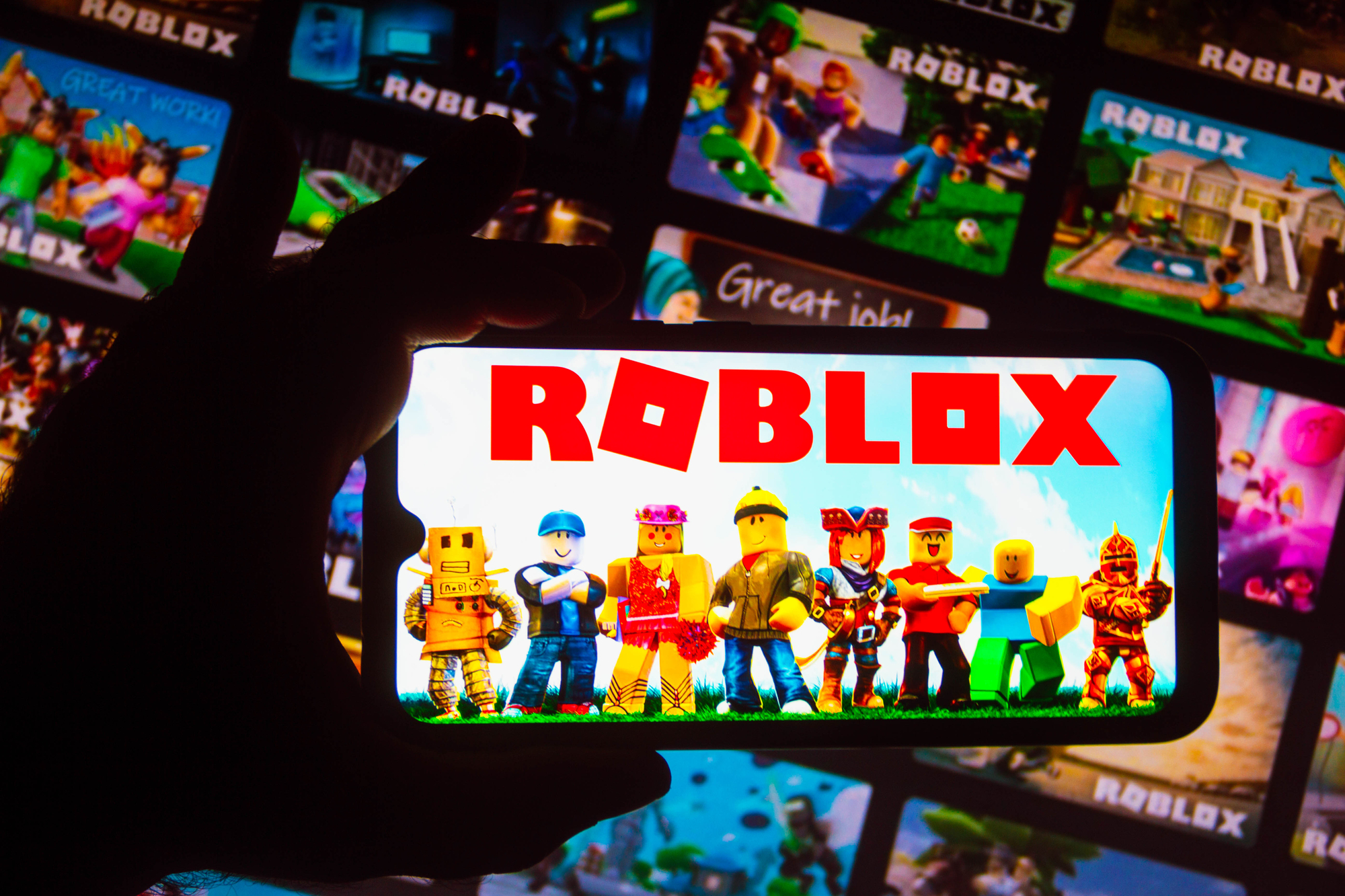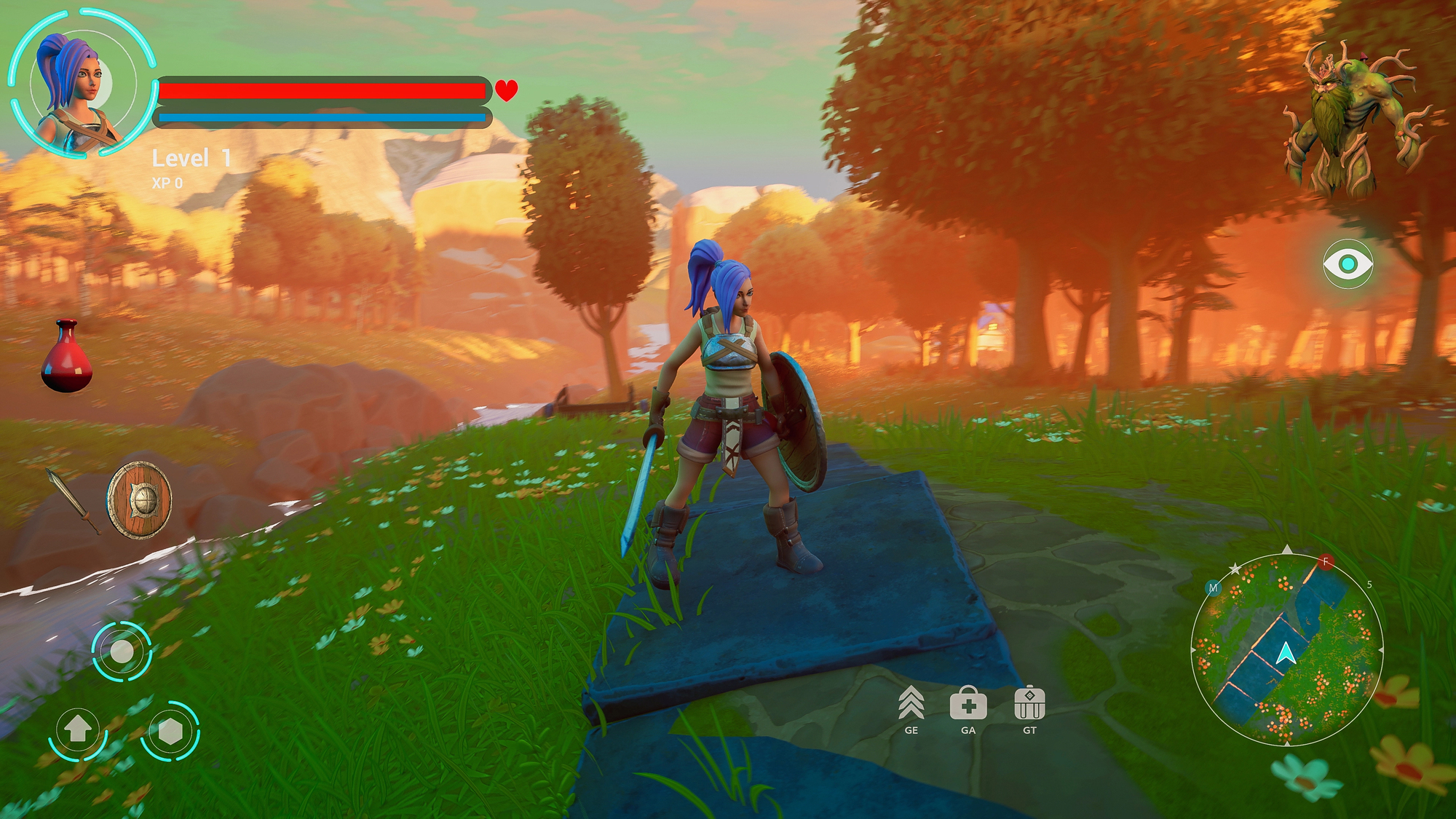User-generated content (UGC) is transforming the gaming industry. Players now have unprecedented opportunities to create and share their own game elements, from custom skins to entire levels. This shift empowers gamers to become active participants in shaping their gaming experiences, fostering deeper engagement and community connections.
UGC platforms like Roblox and Fortnite’s Creative mode showcase the potential of player-created content. These games have built thriving ecosystems where users can design, build, and monetize their creations. This trend extends beyond individual titles, with more game developers incorporating UGC tools and features into their products.
The rise of UGC in gaming opens new avenues for monetization. Players can earn real money from their creations, while game companies benefit from a constant stream of fresh content. This symbiotic relationship between developers and players is likely to drive innovation and shape the future of interactive entertainment.
Evolution of UGC in Gaming
User-generated content has transformed gaming from a passive experience to an interactive creative platform. This shift has reshaped game development and player engagement over the past few decades.
The Emergence of User-Generated Content
Early forms of UGC in gaming appeared with modding communities. Players modified existing games, creating new levels, characters, and gameplay elements. The Warcraft 3 Map Editor allowed users to build custom scenarios, spawning entire new genres like MOBAs.
As internet speeds improved, sharing custom content became easier. Gamers exchanged mods and custom maps on forums and dedicated websites. This grassroots movement laid the foundation for more integrated UGC systems in future games.
Rise of UGC Platforms
Minecraft marked a turning point for UGC in gaming. Its simple block-based building system empowered players to construct vast worlds and intricate contraptions. The game’s popularity sparked a wave of creativity-focused titles.
Roblox took UGC further by providing tools for users to create and monetize their own games. This platform approach turned players into developers, fostering a thriving ecosystem of user-made experiences.
Fortnite Creative expanded on this concept, letting players build custom islands and game modes within the popular battle royale framework. These platforms blurred the lines between player and creator.
Impact on Game Development Process
UGC has shifted how games are made and maintained. Developers now design games with built-in creation tools, anticipating player-made content as a core feature. This approach extends a game’s lifespan and fosters community engagement.
Game engines like Unity and Unreal have become more accessible, allowing indie developers to create professional-quality games. This democratization of game development tools has led to an explosion of innovative titles.
AI is emerging as the next frontier in UGC. Machine learning algorithms can generate content based on player preferences, potentially automating aspects of level design and asset creation. This technology may further blur the line between developer-made and user-generated content in future games.
Creative Economies and Monetization
User-generated content is transforming gaming economies, offering new ways for players to earn money from their creations. This shift is reshaping how games are monetized and played.
UGC and Monetization Models
Games like Roblox and Fortnite have pioneered UGC monetization. Roblox allows creators to sell virtual items and experiences, taking a cut of each transaction. Players can design clothing, accessories, and even entire games within the platform.
Fortnite’s Creative mode lets users build custom islands and game modes. While direct monetization isn’t yet available, popular creators can earn through support-a-creator codes when players purchase items in the main game.
Steam Workshop provides a marketplace for user-created mods and items across various games. Creators can sell their content directly to players, with revenue shared between the creator, game developer, and Steam.
Commercializing Mods and In-game Items
Modding communities have long been a source of innovation in gaming. Some companies now embrace this creativity as a business model. Bethesda’s Creation Club curates and sells high-quality mods for games like Skyrim and Fallout 4.
Live service games often incorporate user-created items into their economies. Valve’s Team Fortress 2 and Counter-Strike: Global Offensive allow players to submit weapon skins and other cosmetics. If accepted, creators earn a portion of sales revenue.
Epic Games has taken steps to support mod creators financially. In 2021, they announced a $100 million fund to support content creators, including those making mods for Epic-owned games.
The Role of Blockchain in UGC
Blockchain technology is opening new avenues for UGC monetization in gaming. Non-fungible tokens (NFTs) allow players to truly own their in-game items and creations, potentially selling them across different games or platforms.
Some blockchain-based games let players earn cryptocurrency by creating and selling virtual land, items, or characters. This model, often called “play-to-earn,” blurs the line between gaming and economic activity.
Blockchain can also provide transparent revenue sharing for collaborative creations. Smart contracts can automatically distribute earnings among multiple contributors based on predetermined agreements.
Community and Culture
User-generated content in gaming fosters vibrant communities and shapes gaming culture. Players connect, create, and share experiences through UGC platforms, influencing both social dynamics and game development.
UGC and Community Engagement
UGC platforms like Fortnite and Roblox drive player interaction and retention. These games provide tools for players to build custom levels, skins, and gameplay modes. This creative freedom keeps players invested long-term.
Sharing creations on social media platforms amplifies community engagement. Players showcase their work on YouTube and Twitch, attracting viewers and inspiring others to participate. This cycle of creation and sharing strengthens bonds within gaming communities.
Modding communities for games like Minecraft have flourished for years. Players develop and share mods that extend gameplay, fix bugs, or add new features. These passionate modders often become central figures in their respective game communities.
UGC Impact on Gaming Culture
User-generated content has shifted gaming culture from passive consumption to active participation. Players now expect customization options and creative tools in many games. This demand influences game design and development priorities.
UGC blurs the line between players and developers. Some user-created mods become official game features. Talented community members may find career opportunities in game development based on their UGC work.
Gaming culture now values creativity alongside skill. Players gain recognition for innovative designs or popular custom game modes. This cultural shift encourages experimentation and pushes the boundaries of what’s possible in games.
Moderation and Incentives
Effective moderation is key to maintaining healthy UGC communities. Game companies must balance creative freedom with content guidelines. Automated systems and human moderators work together to flag inappropriate content quickly.
Incentives play a crucial role in encouraging high-quality UGC. Some platforms offer revenue-sharing programs, allowing creators to earn money from their content. Others use in-game rewards or recognition systems to motivate players.
Clear guidelines and feedback mechanisms help creators understand community standards. Regular updates to moderation policies keep pace with evolving trends and challenges in UGC. Striking the right balance between openness and control remains an ongoing challenge for UGC platforms.
Future Trends and Predictions
User-generated content in gaming is set to evolve rapidly. New technologies, changing creator dynamics, and broader social shifts will reshape how players interact with and create game content.
Advancements in UGC Technology
AI-powered tools will streamline content creation, allowing players to generate high-quality assets with minimal technical skills. Unity and Unreal Engine will likely integrate more AI features, enabling faster prototyping and iteration of user-created elements.
Infinite canvas technologies may emerge, giving players vast digital spaces to build and explore. This could lead to sprawling player-made worlds that blur the lines between individual games.
The democratization of game development tools will accelerate. Mobile platforms will offer more sophisticated creation suites, making UGC accessible to a broader audience.
The Creator-to-Consumer Landscape
The ratio of content creators to consumers in gaming will shift dramatically. More players will engage in creating mods, custom maps, and in-game items as barriers to entry lower.
Creator platforms will expand, offering improved monetization options for UGC developers. This may attract more professional creators and startups to focus on game-specific content production.
Player retention strategies will increasingly rely on UGC. Games that successfully foster vibrant creator communities may see higher monthly active user counts and longer lifespans.
Societal Macro Trends and UGC
Game development and UGC creation will gain recognition as legitimate career paths. Educational institutions may offer more specialized courses in these areas to meet growing demand.
The lines between players, creators, and developers will continue to blur. This shift could lead to more collaborative game design processes, with studios actively incorporating player-made content into official releases.
Social gaming experiences built around UGC may become more prevalent. Players might spend significant time in game worlds primarily to socialize and create together, rather than focusing solely on traditional gameplay objectives.












